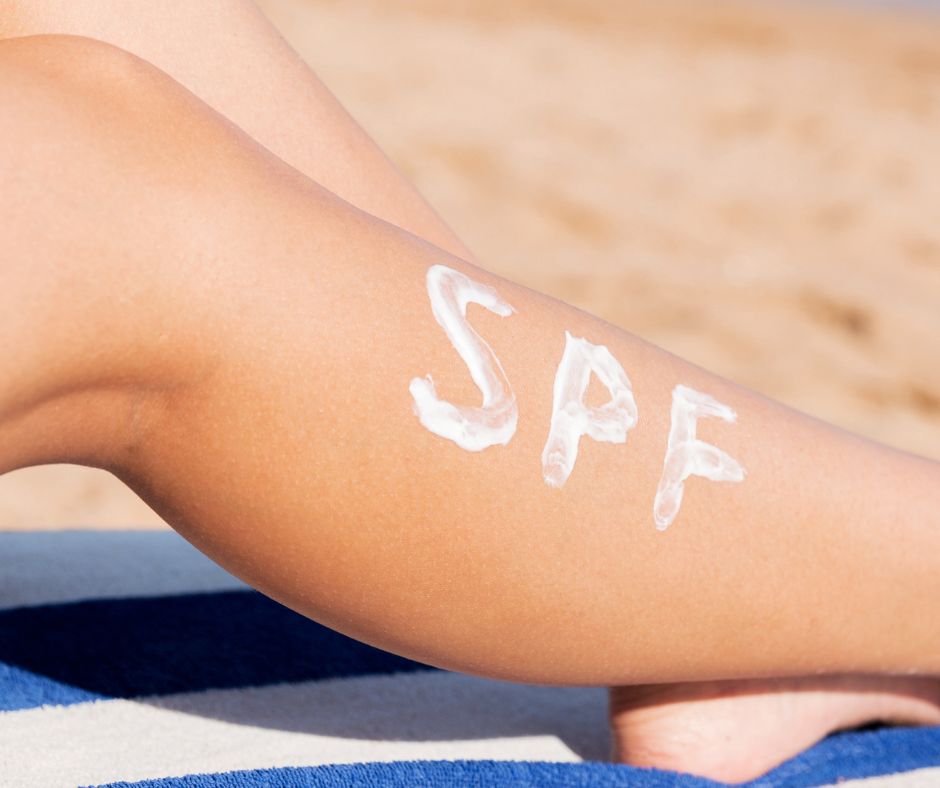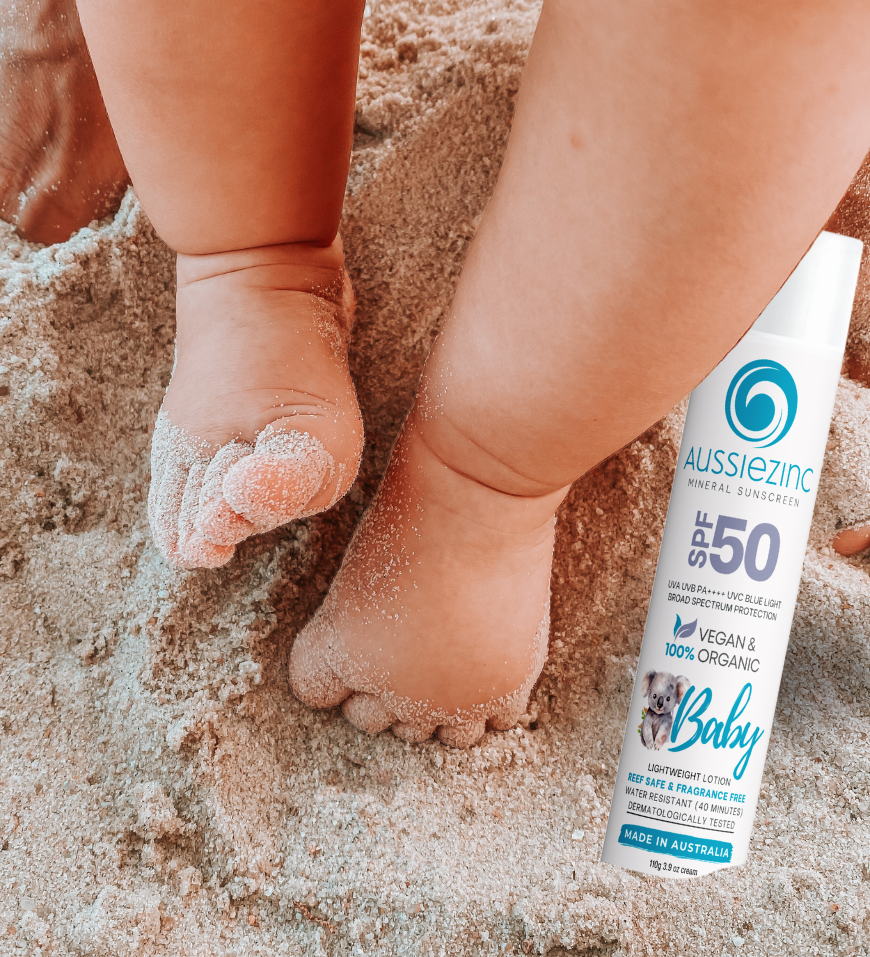Recent sunscreen recalls have left many Australians questioning whether their go-to SPF is as safe and effective as they believed. With several products failing to deliver promised protection, understanding what makes a sunscreen truly reliable has never been more important.
Why Sunscreen Recalls Are Increasing
Australia has seen an alarming spike in sunscreen recalls over the past few years. In 2025, consumer advocacy group CHOICE tested 20 popular sunscreens and found that 16 failed to meet their advertised SPF claims. One product labelled SPF50+ tested as low as SPF 4, offering virtually no meaningful protection.
The Therapeutic Goods Administration (TGA) has since overseen recalls of 21 different sunscreen products, many sharing a common underperforming base formula. Beyond SPF failures, some products have been recalled due to benzene contamination - a cancer-causing chemical that should never appear in suncare products.
The Testing Gap
The core issue is that most brands don't test every batch after initial approval. Once a product is registered on the Australian Register of Therapeutic Goods (ARTG), there's no strict mandate for continual batch-by-batch testing. This means manufacturing variations or ingredient purity issues can cause real SPF to drop without anyone realising until independent testing catches it.
What to Look For in a Safe Sunscreen
1. TGA Registration
A proper Australian sunscreen will have an AUST L number and clearly state broad spectrum SPF30/50/50+ on the label, indicating it meets the AS/NZS 2604 standard.
2. Testing Transparency
Choose brands that communicate their testing processes openly. Look for products tested to ISO 24444 (SPF verification) and ISO 24443 (UVA protection) standards.
3. Choose Mineral Formulations (But Watch Out for Hidden Chemicals)
Avoid older ingredients proven harmful to reefs like oxybenzone and octinoxate. Mineral sunscreens with non-nano zinc oxide are safer for both your skin and the ocean. Watch out for sunscreens that claim to be "mineral" or to be a "zinc sunscreen" as they contain some zinc, but still contain chemical UV filters. Some products marketed as 100% mineral include ingredients like butyloctyl salicylate, a hidden chemical UV booster. A genuine all-mineral formula uses only zinc oxide or titanium dioxide as active ingredients.
4. Consistent Quality
Trust brands committed to batch testing. This extra step eliminates the main cause of SPF failure.
How AussieZinc Ensures Reliable Protection
At AussieZinc, we know what's at stake: your family's health and trust in sun protection.
Rigorous Independent Testing
All AussieZinc sunscreens are tested according to ISO 24444 for SPF and ISO 24443 for UVA, and we don’t just test periodically. We test every batch and achieve a high SPF50 rating that provides a 50+ broad spectrum cover. Our results showed a tested SPF in the high 60s, which is why we can confidently refer to our SPF50 products as being 50+. Each of our formulas is also now water-resistant for at least 80 minutes.
Pure Mineral Protection
We use 25% non-nano zinc oxide as our only active ingredient. No hidden UV boosters, no chemical filters. What you see on the label is what you get. Pure, effective mineral protection.
Beyond Requirements
We implement additional batch screening as an extra quality measure, going beyond what's legally required. Given recent market issues, we believe this transparency and rigour is what Australian families deserve.
Made for Australian Conditions
Australian-made, TGA registered, and FDA approved, AussieZinc combines quality standards with a commitment to both family skin health and environmental protection.
Award-Winning Protection
AussieZinc has been recognised by independent experts, winning Best Organic Sunscreen Brand Australia 2025 (Global Health & Pharma Excellence Awards) and the Expert’s Choice (Kiindred Awards 2025) Best Baby or Sensitive Suncream.
Simple Steps to Sun Safety
- Check your current sunscreen against TGA recall lists
- Choose mineral formulas with non-nano zinc oxide for reef safety
- Read ingredient lists to spot hidden chemical filters
- Find a formula you love, because consistent use matters most
Choose AussieZinc Sunscreen for Peace of Mind, Naturally
- Rigorous ISO-standard testing to ensure you get the safety you expect
- No hidden UV boosters or chemical filters
- Reef-safe formulation that protects both your family and our oceans
- No white cast thanks to advanced formulation
Summer or winter, beach or backyard, your sunscreen should have your back. We're confident ours does.
Stay sun-safe, naturally.
References
ABC Investigations. (2025, October 29). Sunscreen maker at centre of recalls blocked by US regulator for years. ABC News. https://www.abc.net.au/news/2025-10-30/sunscreen-maker-wild-child-laboratories-on-us-fda-red-list/105949030#:~:text=The recalls followed independent testing,meet their SPF label claims
Chapman, A. (2022, April 29). Range of sunscreens, including Cancer Council and Nivea, recalled after benzene detection. 7NEWS. https://7news.com.au/lifestyle/recalls/range-of-sunscreens-including-cancer-council-and-nivea-recalled-after-benzene-detection-c-6621104#:~:text=Several batches of popular sunscreens,causing chemical were detected
Obelis. (2025). The sunscreen scandal: What's happening in Australia. Obelis Regulatory Insights. https://www.obelis.net/news/the-sunscreen-scandal-whats-happening-in-australia/#:~:text=Regulations require that sunscreens be,always conduct routine spot checks







